#Quaking Aspens
Text


Barn owl flying over the aspens at night.
New work for "Mother Aspen" by Annette LeBox (illustrated by me), a picture book coming 2024 from Groundwood Books.
See more here: https://www.heycrystalsmith.com/
0 notes
#barn owl#digital art#digital painting#digital drawing#digital illustration#illustration#illustrator#night owl#owl arts#aspen#aspen trees#quaking aspens
9 notes
·
View notes
Text
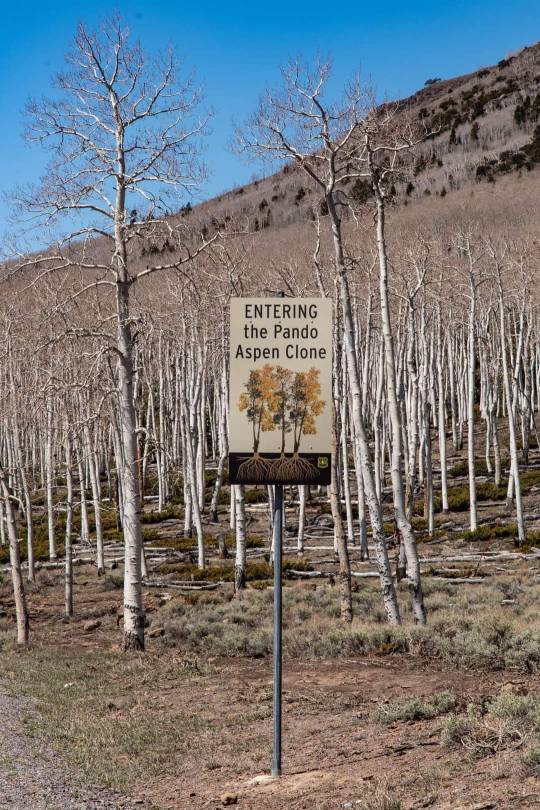


Meet Pando, not a forest but a single tree. Every trunk of the Quaking Aspen is genetically identical & connected by a single 80,000 year old root system, making it one of the largest and oldest living entities on Earth!
54K notes
·
View notes
Text


Finally finished this after many delays.
I was inspired to do a painting based on the pando aspen grove post that's been floating around recently.
I've also included the initial sketch I did for the character.
#dryad#druid#quaking aspen#autumn#illustration#artists on tumblr#I'd love to visit an aspen grove in the fall someday
652 notes
·
View notes
Text

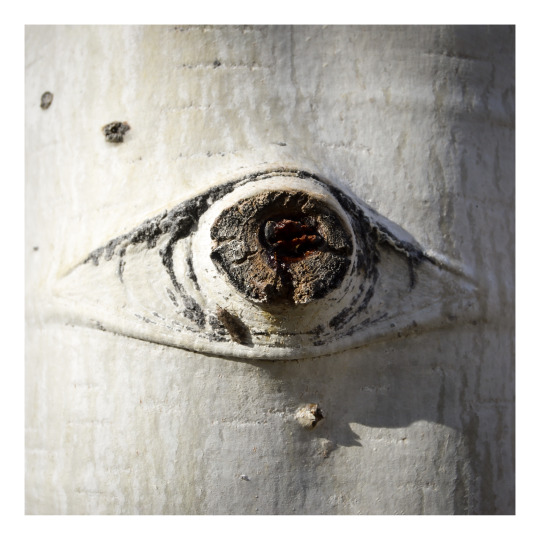
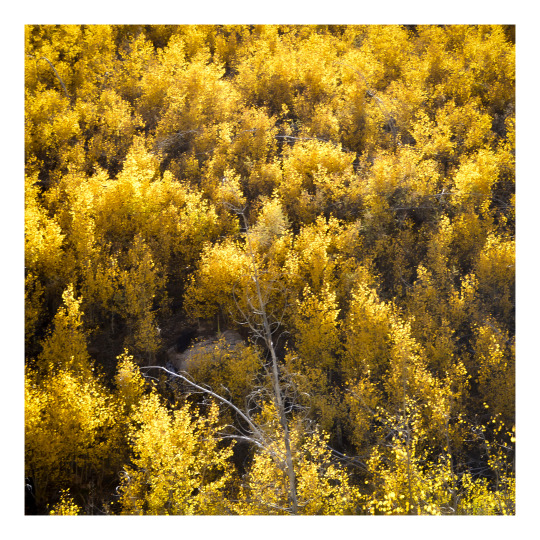

Aspen on the Kaibab Plateau.
#photographers on tumblr#quaking aspen#Populous tremuloides#North Rim Grand Canyon#Kaibab Plateau#Kaibab National Forest#Arizona
494 notes
·
View notes
Text
Debby swept through the area on Friday. Yesterday, all that remained of the storm was a strong, steady breeze. Few things will connect you to nature more quickly than the wind riffling through aspen leaves. The quaking aspen (Populus tremuloides) in Canaan Valley is part of a disjunct population located well south of its normal northerly range. The high elevation of the valley allows species normally found much farther north to thrive here. Along the Middle Ridge Trail in the Canaan Valley National Wildlife Refuge.
#appalachia#vandalia#west virginia#summer#allegheny mountains#canaan valley#canaan valley national wildlife refuge#quaking aspen#trembling aspen#wind#leaves#middle ridge trail
30 notes
·
View notes
Text
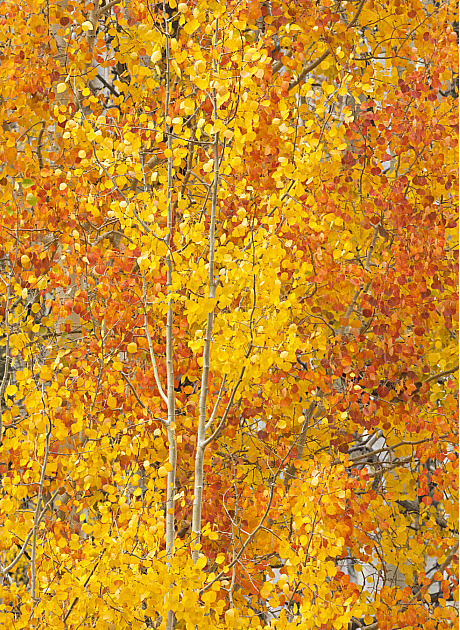

Quaking Aspen (Populus tremuloides)
Photos by Yva Momatiuk and John Eastcott
#aspen#quaking aspen#populus#populus tremuloides#trees#woods#forest#orange#orange leaves#autumn#autumn colors#fall#fall colors#fall leaves#autumn leaves#nature
163 notes
·
View notes
Text

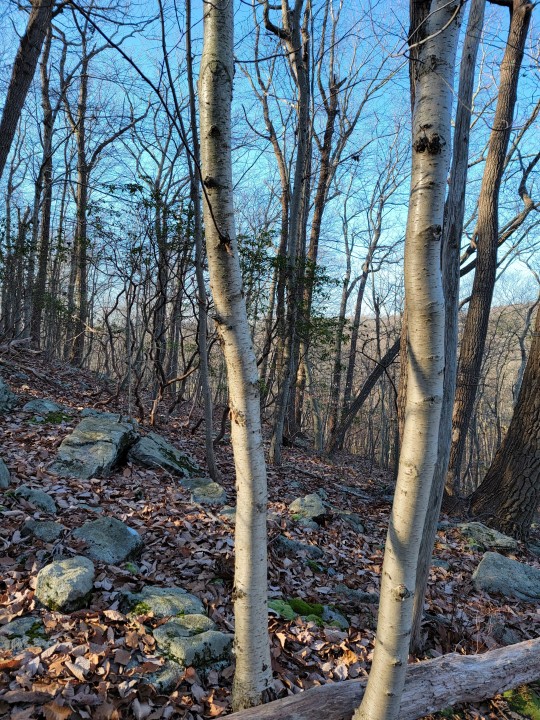
Quaking Aspen - Populus tremuloides
Today I want to bring up a charismatic favorite: the Quaking Aspen. Like all populus species, it's a fast growing, clonal colony forming, northern extreme and mountain loving tree (just like its Eurasian sister species: A. tremula) with an incredibly wide range of distribution. In addition to all those interesting qualities, the oldest known organism is presumed to be a Quaking Aspen colony (Pando, in Utah)
General identification before I can talk about the more interesting bits, Aspens are best known for their yellow autumn leaves and smooth white bark with dark knots, they can grow as large as 60' but depending on their environment can be stunted to around 5-20' (think of krummholz). Leaves of this species appear slightly heart shaped and retain the same sheen on both sides (image 1). Plants are unisexual meaning individuals either have male or female flowers, interestingly enough this is a good method to distinguish where one colony begins and ends by looking at the color of the branches in spring (see image from Colorado below, note trees with light green and those without). Emerging catkins are white at first which become green and longer as the season changes, male catkins having slightly longer stamen but female fruiting catkins ultimately growing longest at 10 cm. Seeds are small capsules with silky hairs to assist in wind dispersion, these trees are ruderal so they produce around 1.6 Million a season with many unable to germinate. Seedlings often need consistent moisture and full sun to even germinate, most of the seeds growth goes to root structure the first year.

The name Quaking Aspen (or trembling per the Latin) refers to the extremely mobile habit of the leaf. Leaves are connected to flexible petioles (stems) which flip around in the slightest breeze. Environmentally speaking, I was once told that leaves have chlorophyll on both sides however this stem could also be a biological strategy to cope with harsh wind conditions in mountainous environments, I didn't encounter any recent research verifying this though. Interestingly enough, given the harsh nature of which this tree thrives, apparently, there is chlorophyll in its trunk, allowing extra energy to enter the tree when it's leaves are gone.
Quaking Aspen is an early succession species, able to reestablish/colonize a site after a fire or other major disturbance. Many of Upstate New York's famous Aspen forests are actually a result of logging and fires in the early 1900s rather than a typical forest compostion. Establishment is different depending on opportunity, in the west its often long lived clonal roots systems, in the high arctic its often through wind blown seed, in the east its generally short lived clones out-competed by hardwood/conifer forest after a century, and in its furthest southeastern range I typically only encounter individuals on rocky outcrops or former fields.

Above ground trees usually live less than a century, in the east maybe 50-80 years given our moisture, out west individual trunks can live two centuries. It's common to find dense forests with even-age trees since clonal root structures re-emerge together (Image above from Bluebell Knoll Mountain in Utah). Its also thought that the root system can live for two millenia or longer, Pando being an example of extreme longevity (I mean 40,000 years would survive an ice age, even in Utah there would be mountain glaciation, thats quite spectacular if true). Ironically, one of the best survival tools in the Aspen's playback is fire recovery, otherwise it will get out-competed/shaded pretty fast (see the context in image 2, that NJ forest used to have lots of aspen).
All this in mind its good to point out that Aspen's early successional habit makes it great for ecological restoration. It's common to find them as the first pioneers on former mines or superfund sites (aspen grove below from Palmerton gap, Pennsylvania). Unfortunately one of the negative side affects is that populus species often bring up a lot of heavy metals in their leaves and wood meaning they can re-contaminate through their own biological accumulation. Which is good for extracting small scale contaiminants...very bad for large sites where you need to trap metal under soil to prevent toxins from eroding offsite
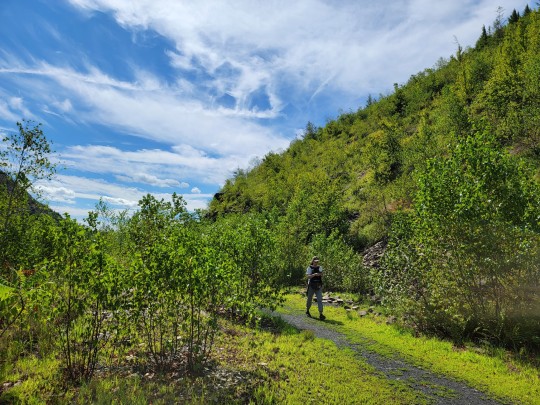
All this being said Quaking Aspen's large geographic range mirrors that of the last glacial maximum, implying a rapid spread onto retreating glaciers. This also suggests a growth habit requiring wet or moist soil conditions. This range is North West to Alaska nearly touching the Arctic Ocean at its Northern-most range in the Yukon, then east to Newfoundland; south west to Mexico (usually restricted to high mountains) and east from Iowa to New Jersey (with scattered populations in West Virginia).
Since Aspen often colonizes sites of former glaciation, with climate change it's predicted there will be a northward and uphill progression of populations. Aspen isn't really in intense danger of dissappearing but studies have shown major stressors (draught, extreme heat, over-grazing) cause higher mass-mortality events from minor stressors (typically disease and insect herbivorey). Given the fact that many forests are clonal there was a question of low genetic diversity amoung populations, yet interestingly, individuals undergo somatic mutations (DNA alterations after conception) and are extremely variable, so different individuals often place different energies into different defense tactics.
In addition to all of this information Aspens are primarily used today to make paper pulp. Historically settlers used aspen to derive quinine (think gin and tonic), and indigenous tribes have a history of using big trunks to create dug out canoes.
So please go out to your nearest mountain/boreal forest to enjoy the Quaking Aspen's lovely smooth bark and haunting shaking in the wind!
41 notes
·
View notes
Text

#the trees are quaking aspen and the flowers in the frame are heartleaf arnica 👍#oc: voh#oc: palim#worldbuilding project#phone art
45 notes
·
View notes
Text



Aspen buds trying to usher in spring
11 notes
·
View notes
Photo

Leaf mines from a larva of the aspen leafminer moth, Phyllocnistis populiella, on a quaking aspen, Populus tremuloides, in Denali National Park in Alaska. Aspen leafminer larvae feed on the epidermal tissue of plant leaves; while they don’t eat photosynthetic material, they indirectly disrupt photosynthesis by destroying guard cells around leaf stomata. Guard cells control when stomata are opened or closed, so they can end up stuck in one position and either prevent carbon dioxide uptake or allow excess water loss. Leaves affected by aspen leafminers often die. Aspen leafminers tend to experience population increase during warm, dry years, so while they’re native to Alaska, researchers are keeping an eye on them and their impact as climate change warms up the region.
#quaking aspen#Populus tremuloides#Denali National Park#Plants of Alaska#aspen leafminer#Phyllocnistis populiella
201 notes
·
View notes
Text

He is biting me biting me kissing me biting me kissing me kissing me
#life with sonne#life with cats#quaking aspen#our relationship can be summed up as:#I am the enrichment toy in his enclosure
6 notes
·
View notes
Text
It feels extremely uncomfortable to meet someone who I know has interest in me aside from platonic (be it sexual and/or romantic). I don't quite know how to feel about that yet.
I know I'm probably drawn to people I find attractive as well, even if I don't recognize it immediately. But. Idk. I just really do. Not. Like. The idea of someone getting to know me in any other way than a friendship first.
Am I just scared of a relationship? Or is it something else? Ugh. Idk.
#the quaking aspen#english#relationship#question#asexual#aromantic#tagging tgese because. idk it feels like its what this is#and maybe then someone will kinda help?#ugh. i really dont know.
3 notes
·
View notes
Text

https://extension.usu.edu/
12 notes
·
View notes
Text
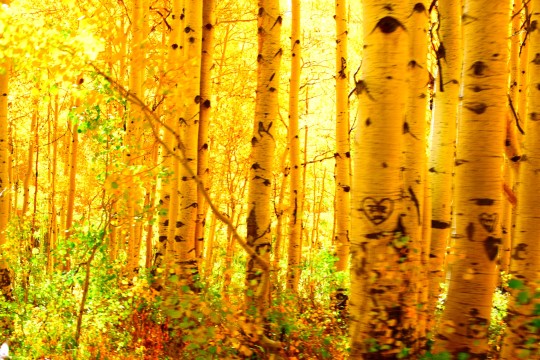
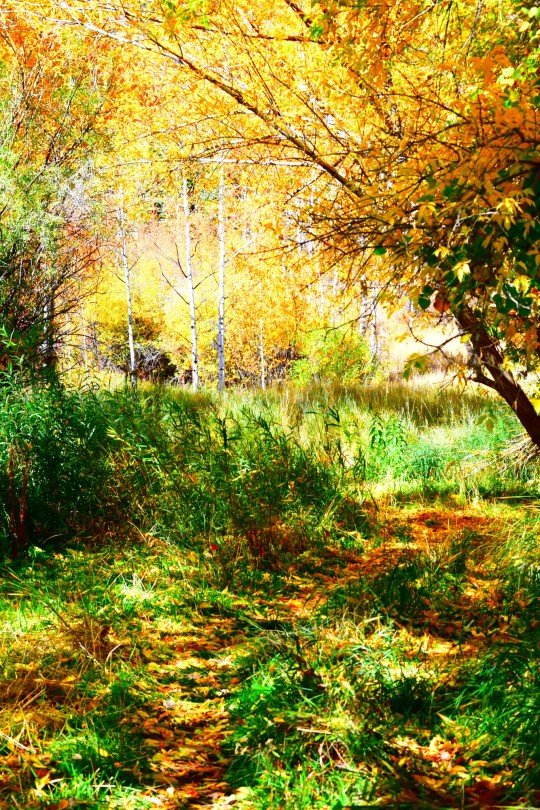


Fall Colors in Utah
#digital art#artwork#photography#sh4rkh4ts art#fall#autumn#my photgraphy#utah#quaking aspen#orange#red#yellow
12 notes
·
View notes
Text
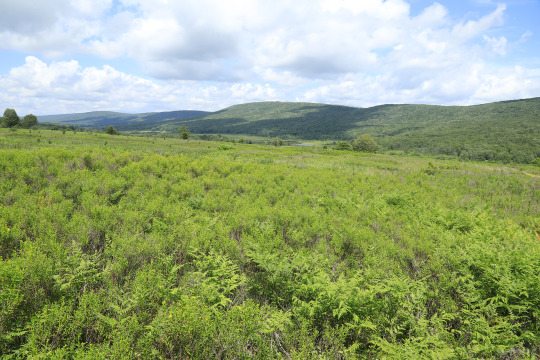
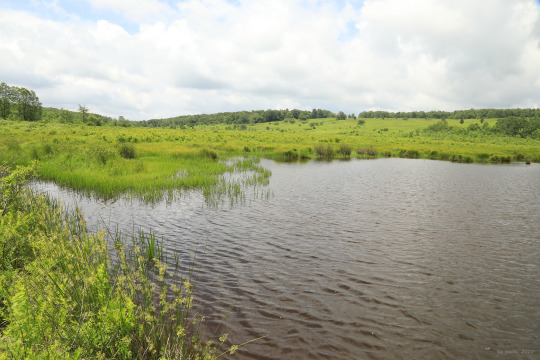


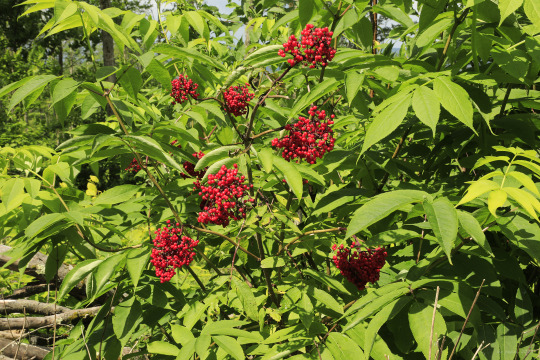
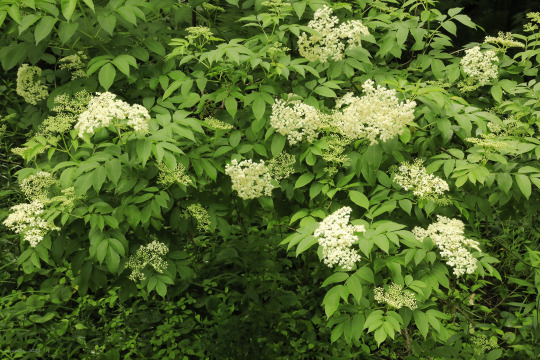


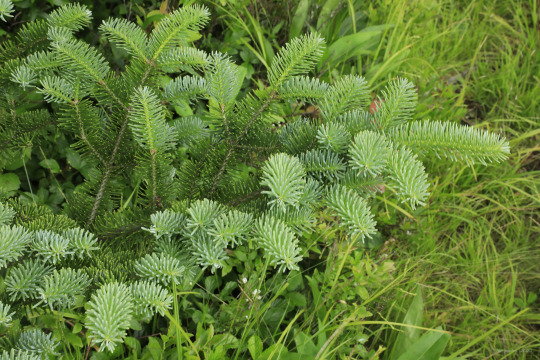


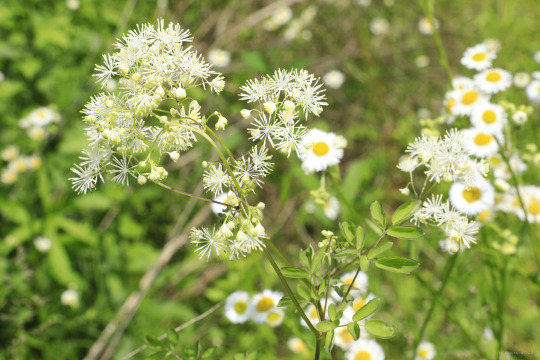

The northern end of Canaan Valley is characterized by regenerating northern hardwood forests interspersed with red spruce, open fields converting from pasture to heath, and beaver-curated wetlands. When the first white settlers arrived in the mid-1800's, the valley was a nearly impenetrable wilderness composed of mud-sucking "muskegs", gnarly rhododendron thickets, and monstrous stands of red spruce and eastern hemlock. Within 50 years, it was all gone, cut over and burned down down to bare rock. Salvation for this "Land of Canaan" has only recently come in the form of the Canaan Valley National Wildlife Refuge, which has set about the painstaking restoration of the valley's diverse (and occasionally threatened or endangered) plant and animal communities, some reaching their southernmost limits in these mountains.
From top: a view toward Cabin Mountain from Middle Ridge, whose open flank is overrun by lowbush blackberry, mountain laurel, bushy St. John's wort, bracken fern, and dotted hawthorn; several of the beaver-engineered wetlands, a mecca for birdwatchers from throughout the Mid-Atlantic region; the blazing red berries of red elderberry (Sambucus racemosa), a hugely important food source for local wildlife; the fanning white corymbs of American black elderberry (Sambucus canadensis), which comes into bloom about two months after red elderberry; quaking aspen (Populus tremuloides), whose delicate leaves flutter in unison at the slightest breeze; a beautiful young Canaan fir (Abies balsamea var phanerolepsis), a subspecies of balsam fir whose fragrant, blue foliage and high needle retention have made it increasingly popular as an ornamental; a lovely patch of hairy hedge nettle (Stachys hispida), a stately native mint; tall meadow rue (Thalictrum pubescens), a wetlands-loving perennial that clumps impressively along streambanks and bog margins; and lowbush blueberry (Vaccinium angustifolium), whose berries are just now starting to ripen.
#appalachia#vandalia#west virginia#wildflowers#flora#allegheny mountains#canaan valley national wildlife refuge#canaan valley#wetlands#beaver ponds#red elderberry#red-berried elder#american black elderberry#canada elderberry#quaking aspen#canaan fir#hairy hedge nettle#tall meadow rue#king of the meadow
74 notes
·
View notes
Text

Quaking Aspen (Populus tremuloides) trees in autumn, Utah
Photo by Yva Momatiuk and John Eastcott
#aspen#quaking aspen#populus#populus tremuloides#trees#aspen trees#yellow#yellow trees#autumn#autumn trees#autumn colors#fall#fall colors#aspen in fall#forest#woods#tree photography#nature
20 notes
·
View notes